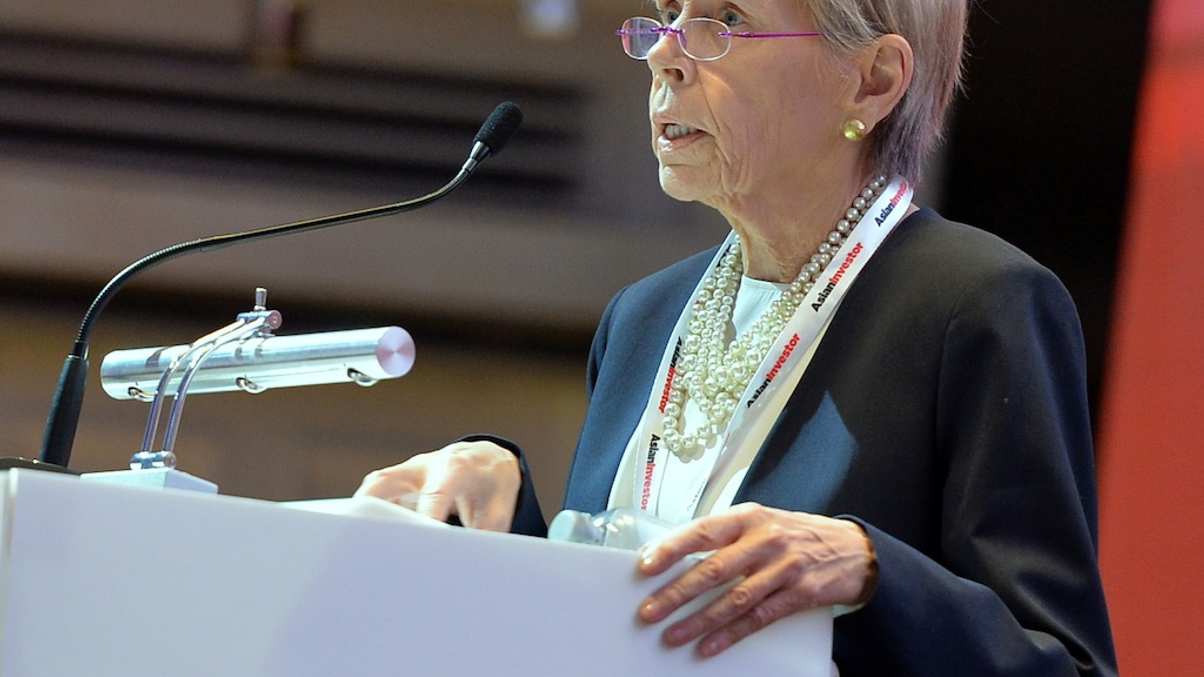Weighing EM value versus credit risk in 2016
Emerging markets will offer relative value opportunities next year, yet investors should also be mindful of derisking as the credit cycle nears its end, hears an AsianInvestor forum.

Emerging markets will offer relative value opportunities in 2016, but investors should also think about de-risking amid rising default risk as the credit cycle nears its end, an AsianInvestor forum heard.
Sign In to Your Account
Access Exclusive AsianInvestor Content!
Please sign in to your subscription to unlock full access to our premium AI resources.
Free Registration & 7-Day Trial
Register now to enjoy a 7-day free trial—no registration fees required. Click the link to get started.
Note: This free trial is a one-time offer.
¬ Haymarket Media Limited. All rights reserved.


